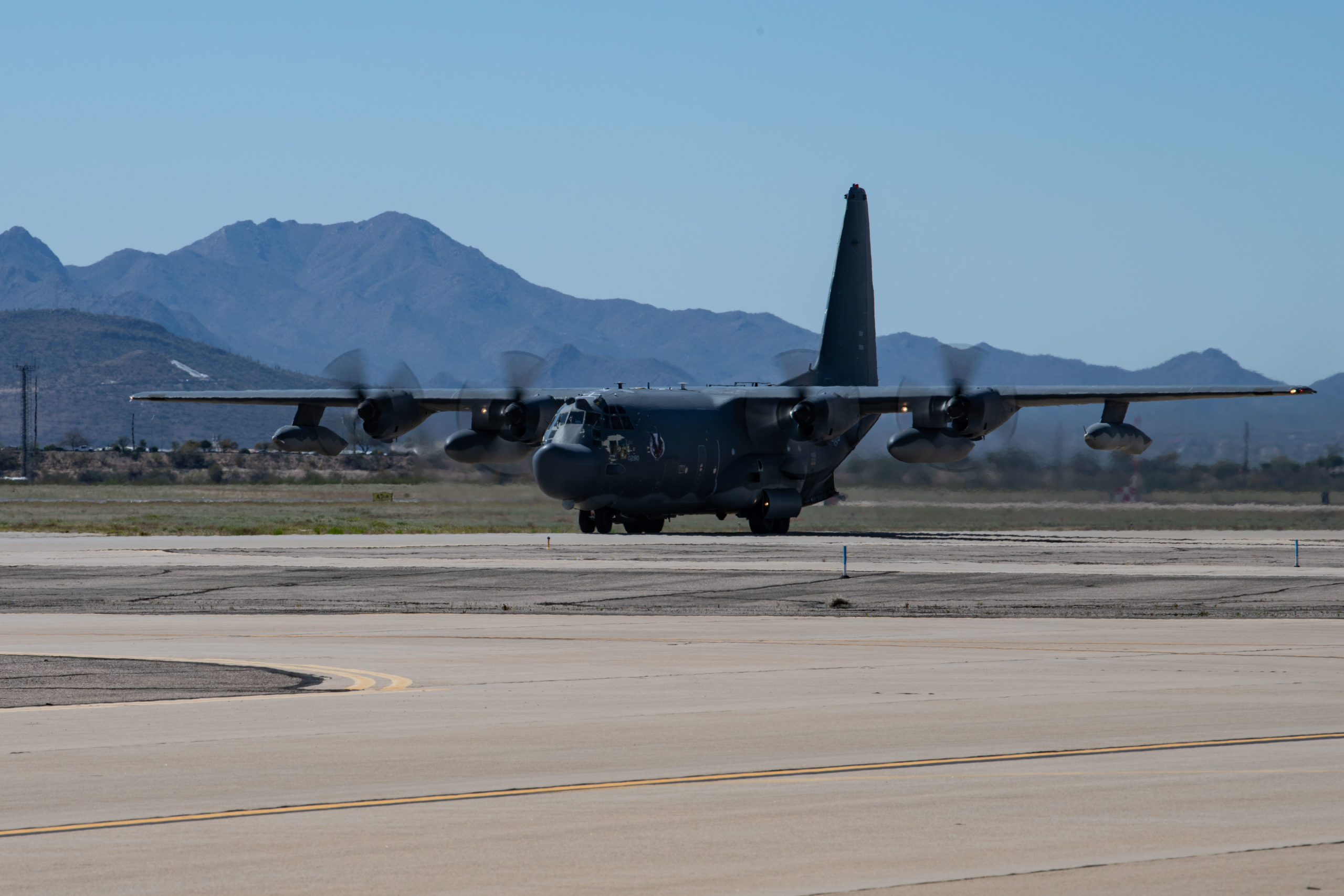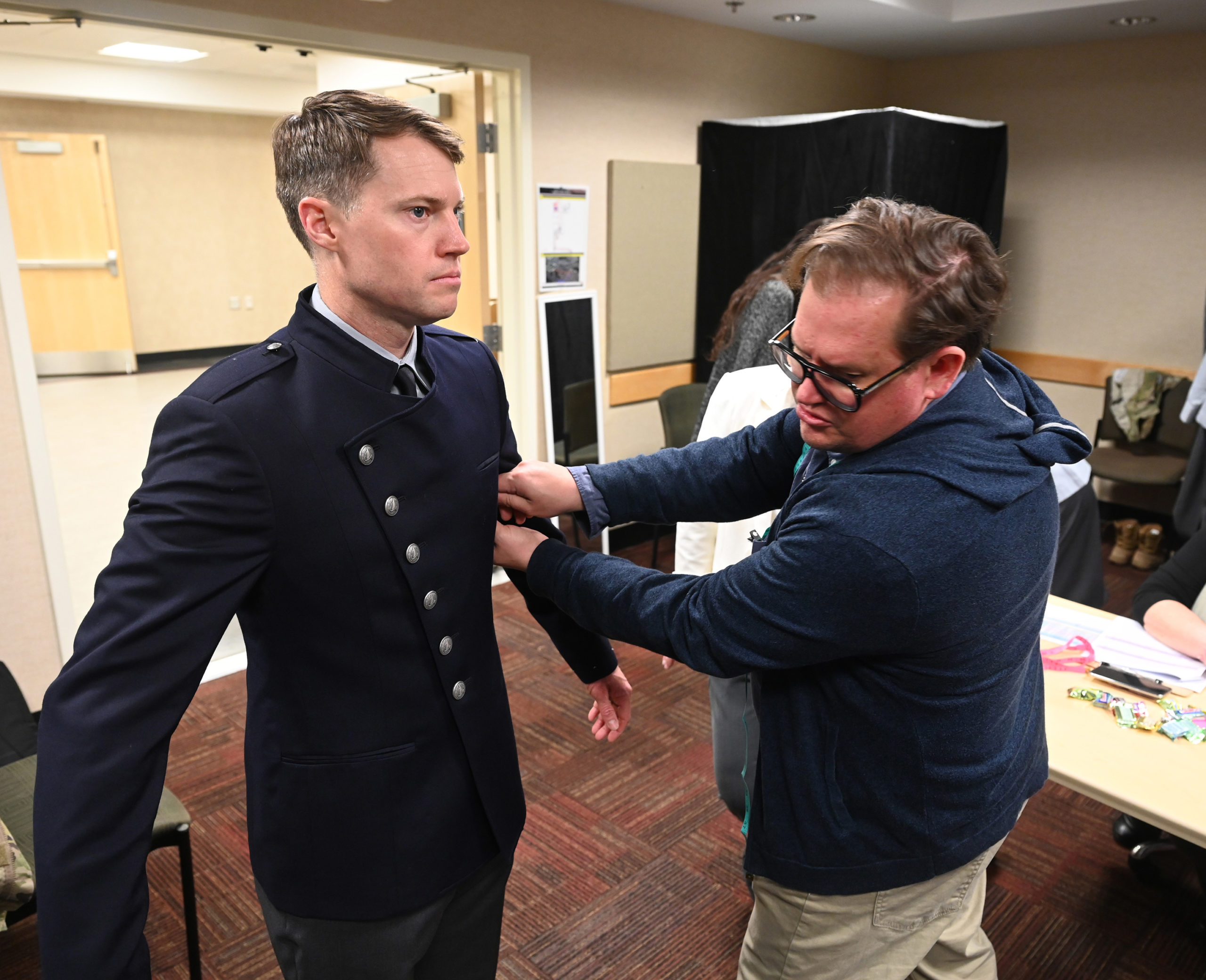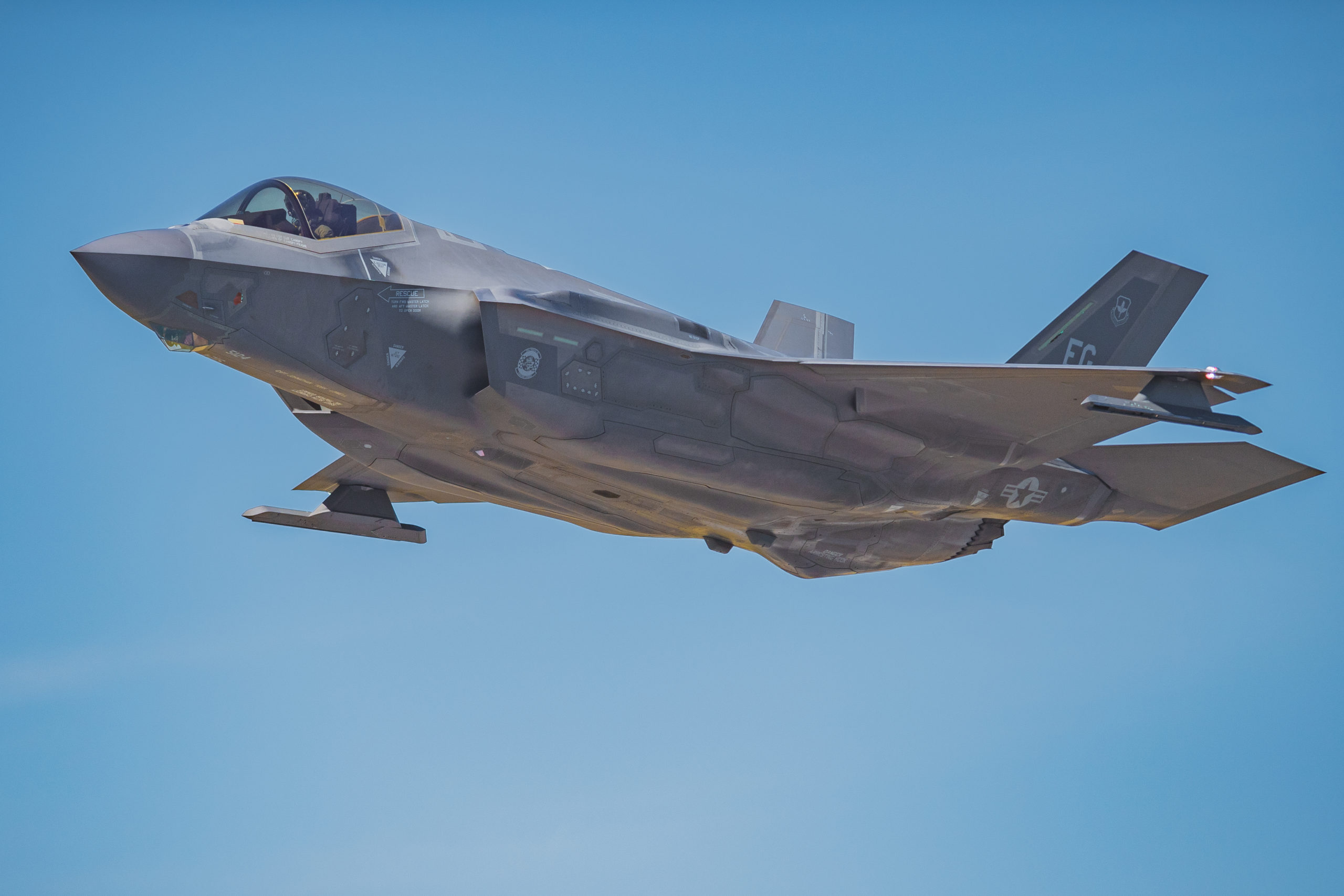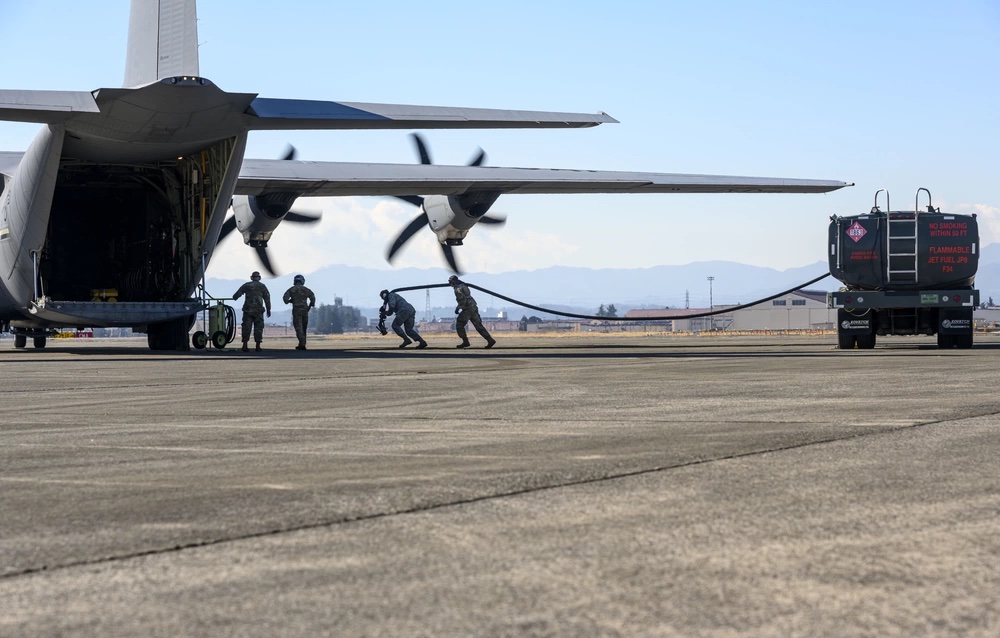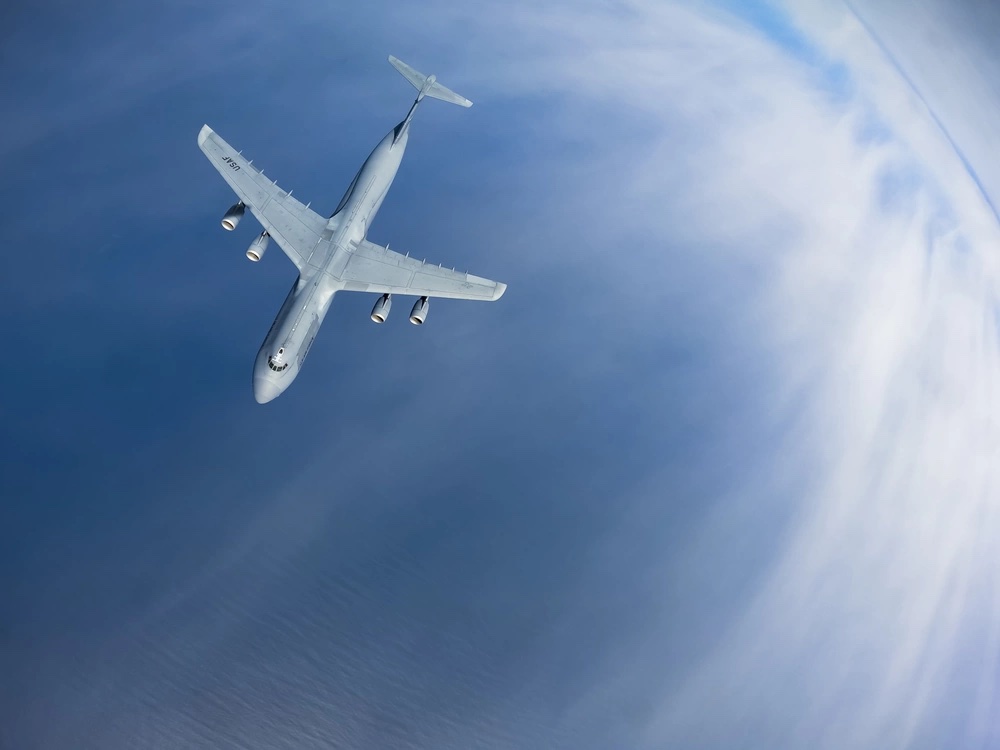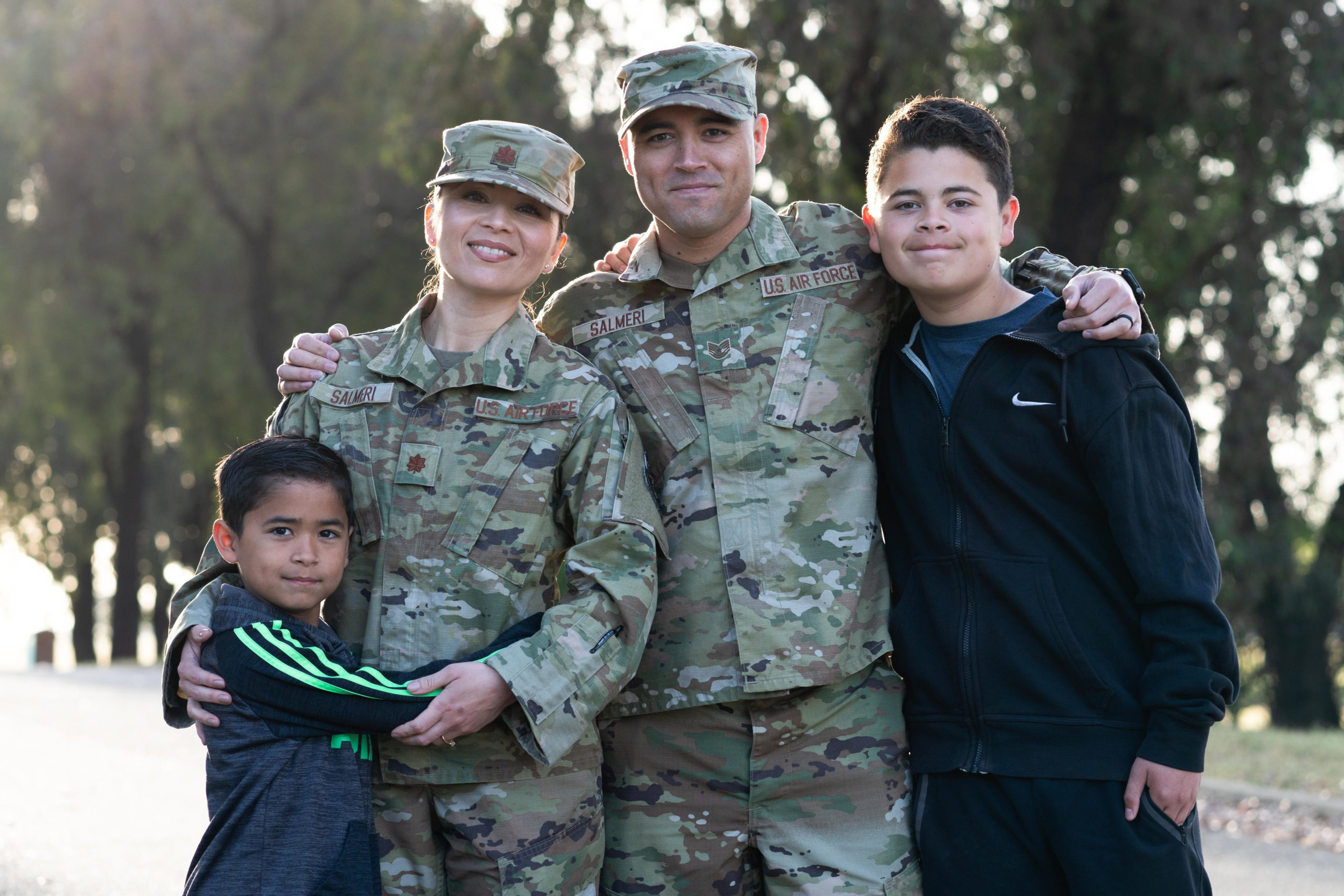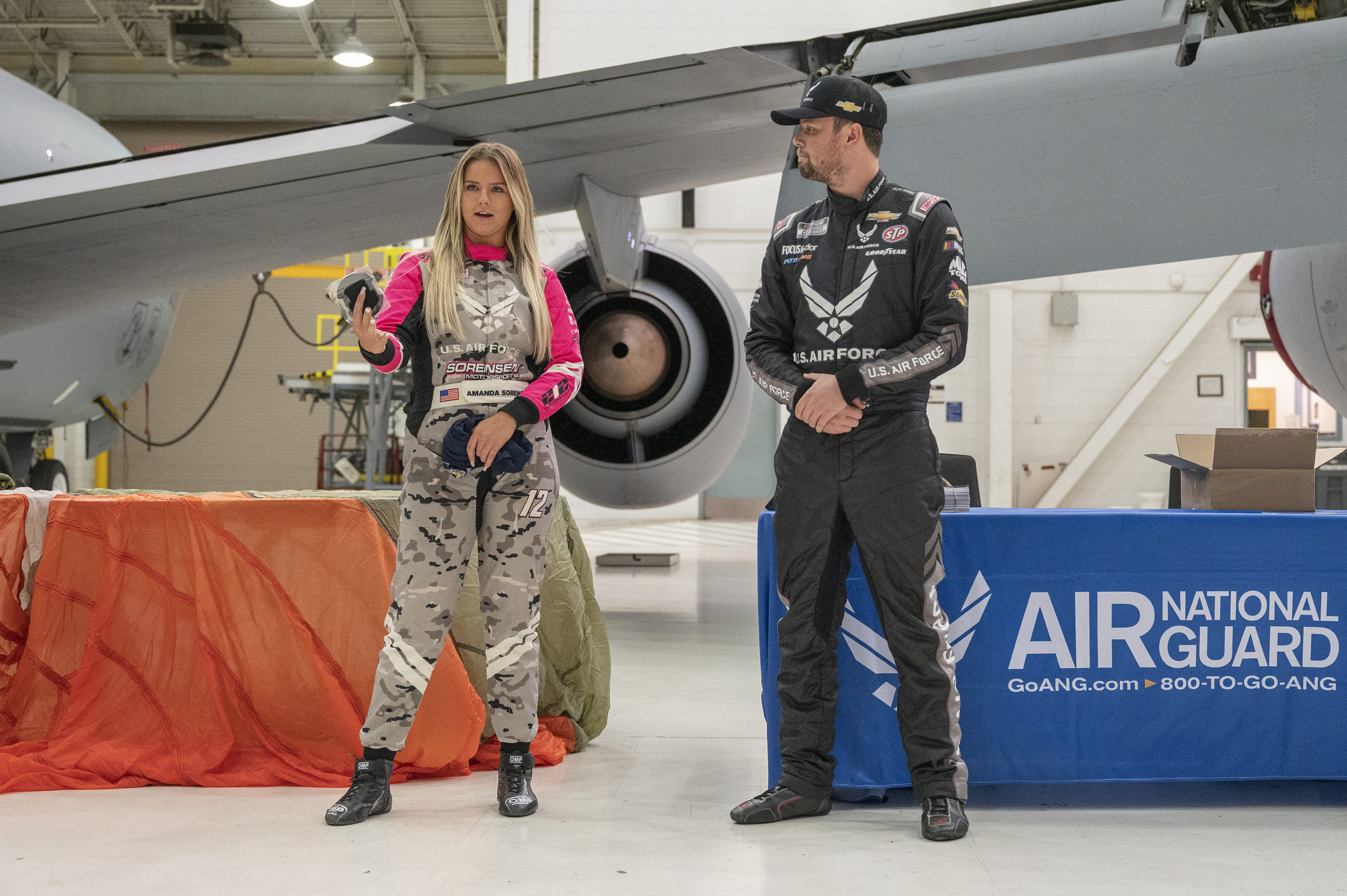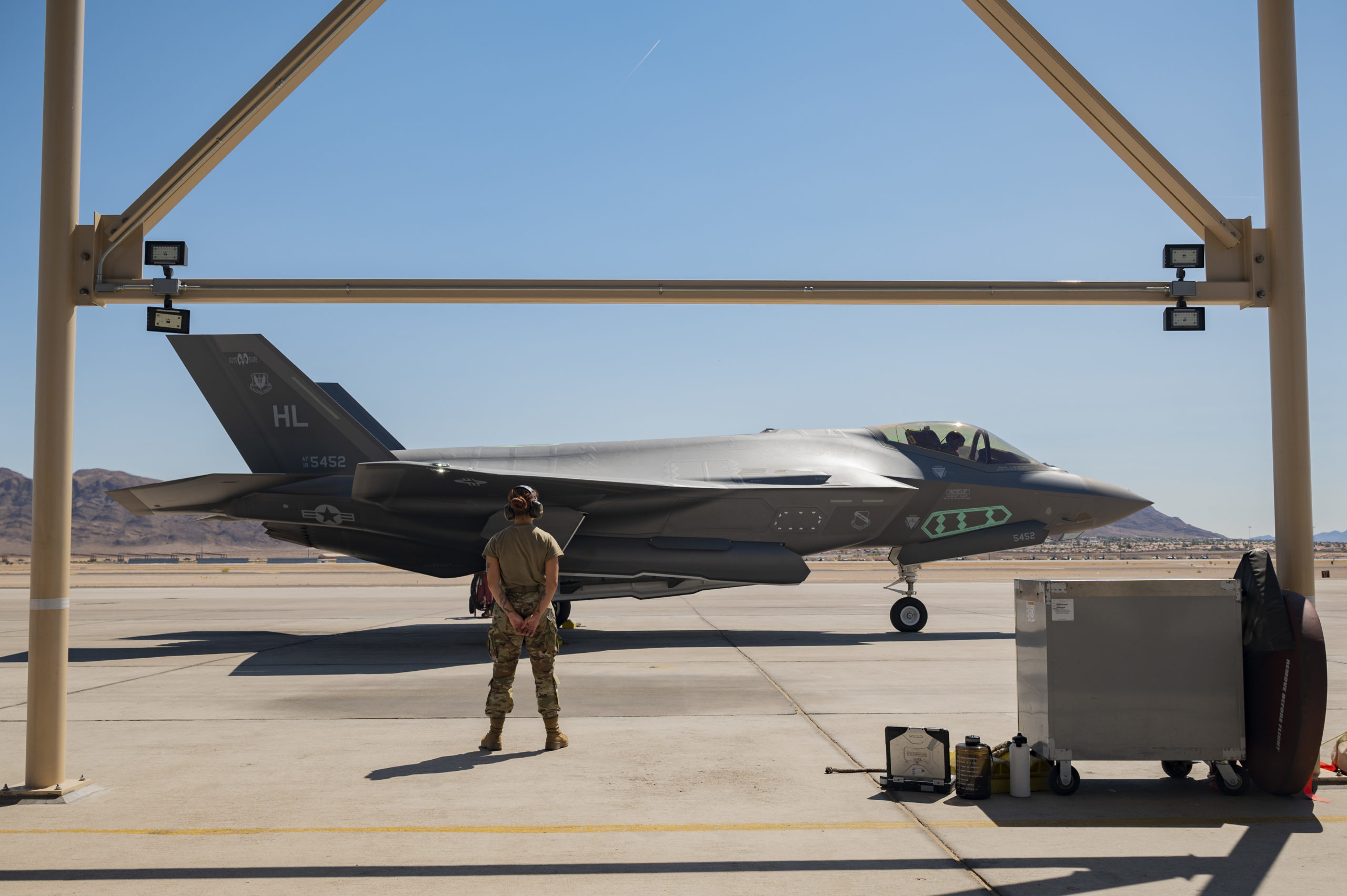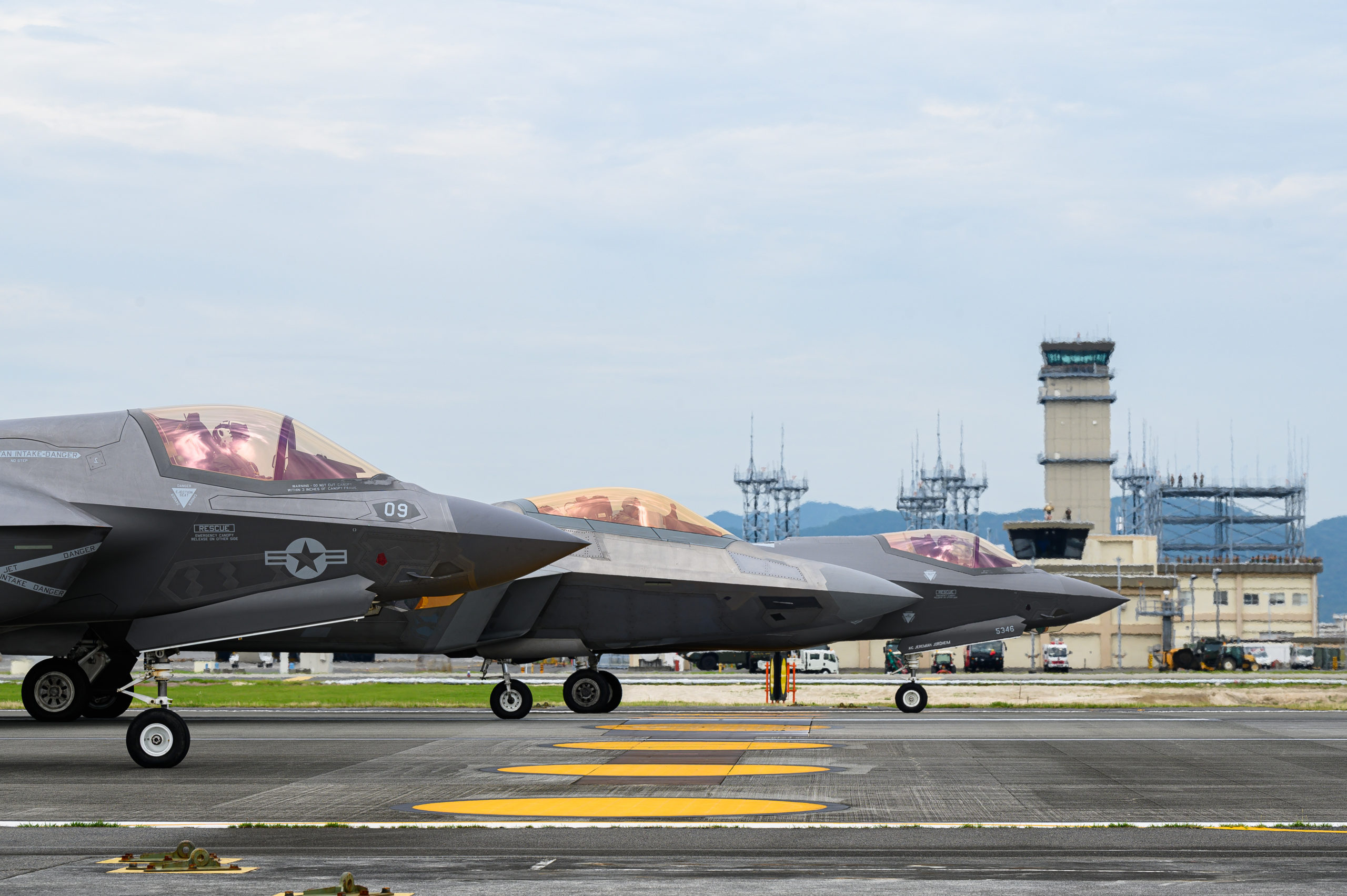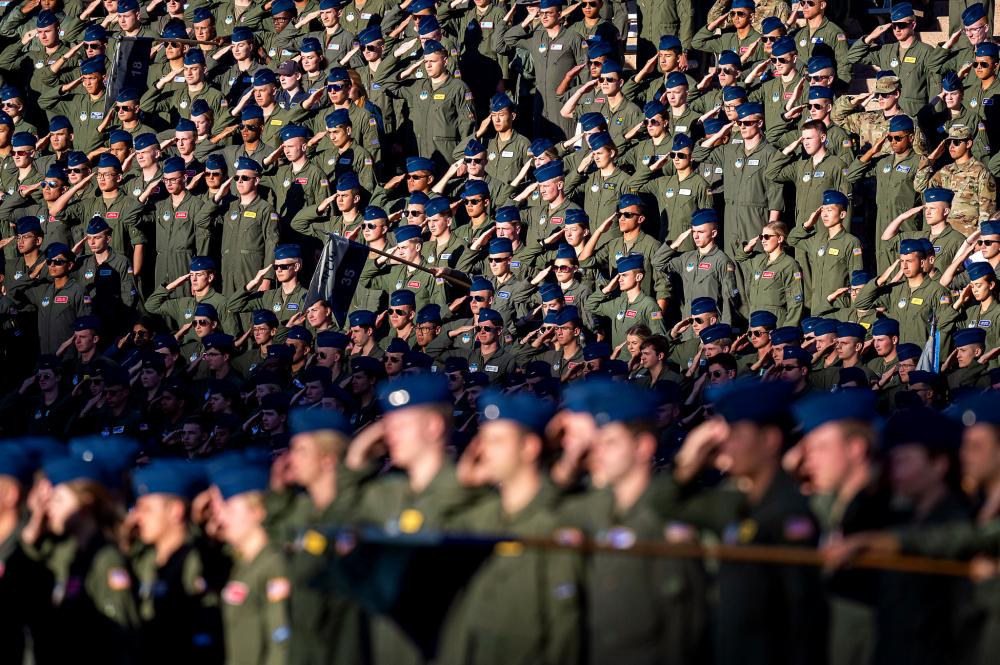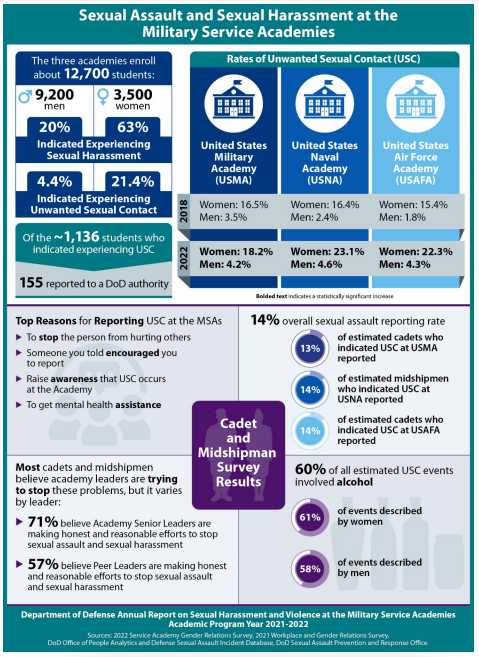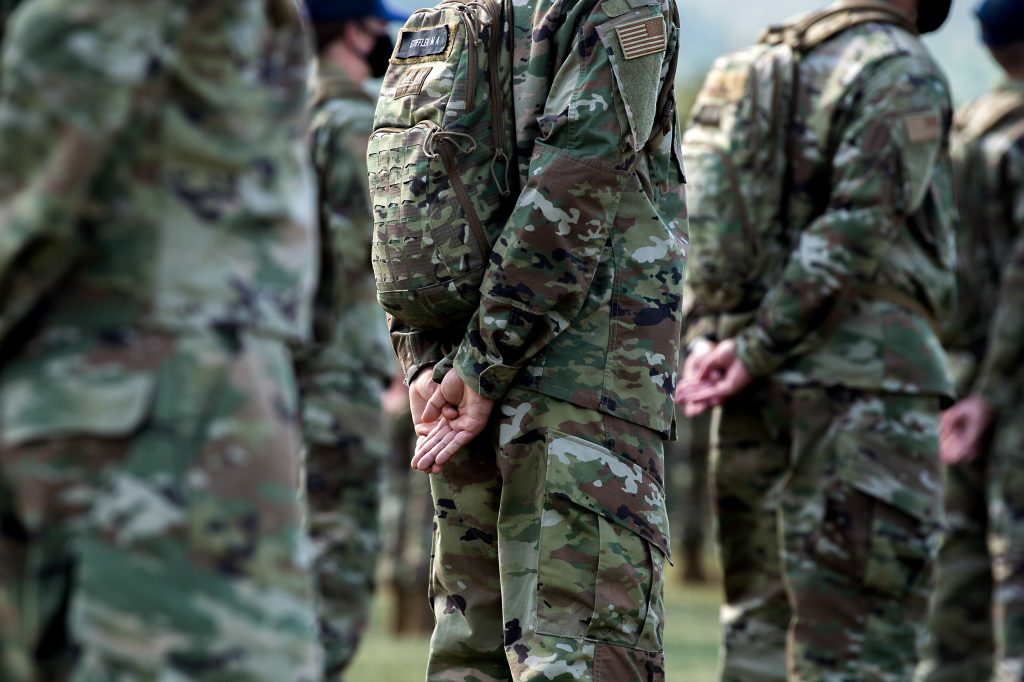The Talon has officially been retracted.
The Air Force’s final MC-130H Combat Talon II, Tail Number 89-0280, made its last flight April 2, taking off from Hurlburt Field, Fla., with a crew including members of the 15th Special Operations Squadron and led by AFSOC commander Lt. Gen. Tony D. Bauernfeind, a long-time MC-130H pilot.
The Combat Talon II, a variant of the C-130H, was a stalwart special operations tanker and mobility aircraft used extensively for infiltration, exfiltration, and covert resupply for missions in hostile and denied territory from the early 1990s until now.
“I’ve spent a majority of my career being around this amazing airplane, its maintainers and operational support staff,” Bauernfeind said in a release from the 1st Special Operations Wing. “I felt that it should be sent off right, knowing full well that we’re capturing its heritage.”
Families, friends, and former MC-130H crew joined in the ceremony at Hurlburt, reflecting on the unofficial “Talon Standard” motto they said defined the Airmen who flew the 24 Combat Talon II aircraft.
“The ‘Talon Standard’ means holding yourself and your crew to the highest standard,” Lt. Col. Andrew Fisher, an MC-130H pilot assigned to the 5th Special Operations Squadron, said in the release. That storied history included the 1997 Mackay Trophy, which went to a Combat Talon II crew for rescuing 56 people in the Republic of the Congo in the midst of a civil war, and operations in Afghanistan and Iraq during operations Enduring Freedom, Iraqi Freedom, Inherent Resolve, and Resolute Support. Other missions included humanitarian operations in Japan, Haiti, and Nepal.
Replacing the MC-130Hs are newer MC-130J Commando II aircraft, that can refuel rotary aircraft from wing-mounted external fuel tanks and drogue refueling pods. The MC-130J already replaced all the MC-130P Combat Shadows, the last one in 2015. To date, 56 of 64 planned MC-130Js have been delivered to operational units, an AFSOC spokeswoman told Air & Space Forces Magazine. The final MC-130J delivery is anticipated in fiscal 2025.
After three decades of service, the MC-130H fleet was beginning to break down. AFSOC held a safety stand-down last year after cracked propeller parts were found on some C-130Hs, a problem likely caused by maintainers etching serial numbers onto the propellers after inspections. The AFSOC spokeswoman said the entire fleet was inspected. Waivers were granted to fly the aircraft one-way to the Boneyard at Davis-Montham Air Force Base, Ariz., where they will be set to rest in the dry desert air.
The last flight of the Combat Talon II brings to three the number of small fleets recently retired from service. The MC-130Hs join the RC-26 Condo reconnaissance aircraft, used for both counterdrug and homeland security missions, and the C-145 Combat Coyote short-takeoff-and-landing aircraft as taking their last flights in the past five months. The RC-26 Condos began winding down operations in late 2022, as did the C-145 Combat Coyotes.
